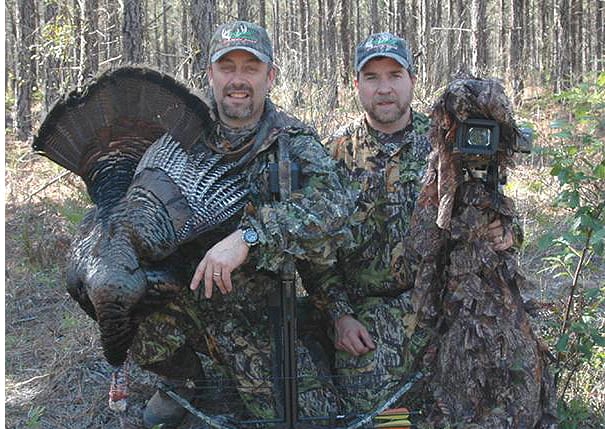 Video cameras have become smaller, more lightweight and easier to maneuver in the past few years. Many hunters now carry a video camera in their backpack.
Video cameras have become smaller, more lightweight and easier to maneuver in the past few years. Many hunters now carry a video camera in their backpack.
They provide a great way to record memories from the field so you can re-live and share them again and again. Here are a few tips on how to make better videos of your outdoor adventures.
1) Hunt/Fish/Ride With a Partner
You can’t be in front of and behind the camera at the same time. Having at least one other person present adds life to the production. Besides, it’s more fun having someone else along to share the adventure with.
Communication between cameraman and subject is critical. Figure out ways to communicate ahead of time, whether it be hand signals, whispers or sounds, especially when hunting, where noise or movement could mess you up.
2) Shoot Plenty of Footage
This includes before and after any actual event. When fishing, get plenty of casting and reeling, not just a subject pulling in a fish. When hunting, try to get footage of a strutting tom or approaching deer. When riding, get conversations while gearing up or when stopping for a break. All that stuff will make for a better production later.
3) Shoot Steady
You’ll get your best footage with a steady base like a tripod or treepod, preferably with a fluid head. Shaky, hand-held video can be hard to watch. You may want to shoot some secondary “hands-on” action footage with a small personal camera like a GoPro attached to the subject. If your camera has a zoom function, don’t over use it as this too makes for unpleasant viewing.
4) Fill the Screen
Try to take up as much of the screen as possible with the subject. Again, if you have a zoom, you can zoom out briefly to catch wide angles of scenery or action. It’s even better if you can frame both the subject and the fish or game together. This adds realism and sets the scene.
5) Sound
Audio is just as important as video. It adds realism and excitement. Integral mics are acceptable, but remote, omni-directional mics help reduce undesirable camera noise.
6) Acting
If you plan to make a full production of your video, don’t be afraid to recreate some of the action that you may have missed. It helps to fill in the blanks. Intermixing facial close-ups with shots of approaching game help tell the story without need of narrative or explanation. Maybe you missed something that will add to the story, like the terrain or habitat features, setting up a blind, climbing to a treestand or launching a boat. Get out in front or off to the side of the subject and shoot from different angles.
Tape interviews as well. Get the subject to relate the action in their own words so you can mix it in with, or over-dub some of the action when editing. Explain things that aren’t obvious from your footage.
7) Clean the scene
Clean up the subject before you do close ups of any harvested fish or game. Also avoid clutter in the scene and the background. Set the hunter or fisherman and their prize in a scenic pose, just as you would for a still image.
Videotaping your adventures provides an indelible way to document your memories. The video will live on many years after the memories fade, so you can share the moment, in all its vivid glory, time and time again.

